The Cerro Zacatépetl is well-known by sight, if not by name, especially by passing motorists on the Periférico highway. The hill has a long history. Today though, it marks the southern limits of the University City and especially the Pedregal de San Ángel Ecological Reserve. The hill has a terrific long history. But it’s not generally accessible to the public.
The Nahuatl name means “hill of the dry grass.” Grass is associated with Tlaltecutli, goddess of the Earth, and with hair made of grass. But the hill was also known, in ancient times, as Ixillan Tonan, meaning “womb of our Mother.” According to some legends, it thus provided some of the inspiration for the Templo Mayor of ancient Tenochtitlan. In mythology, it was the hill where Huitzilopochtli, the patron of the Mexica people, was conceived.
For some 500 years ago, it was part of a ritual hunting ground. It’s place in Mesoamerican myth and legend is extensive. It was surveyed in the 1930s and again in 1972. Known to be of some archaeological interest, it’s off limits to the general public.
In the 1930s, two pyramids were found. One has a height of six meters, and the other five meters high. These are connected by a road about 105 meters in length. There is also a third smaller temple. Since then though, the site has never been excavated. It’s thought to be of particular importance because of the high altitude. Lower elevation sites like Cuicuilco and Copilco were nearly entirely obliterated by the third century CE eruptions of the Xitle volcano. Zacatépetl may hold secrets to even those important earlier civilizations.
Today, the Cerro Zacatépetl provides a mere backdrop for passersby on the Periférico highway. But it’s been more than a backdrop for most of its history.

Nearest at 0.80 kms.
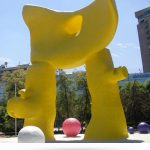
Nearest at 0.80 kms.
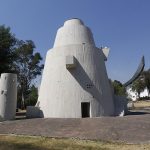
Nearest at 0.86 kms.
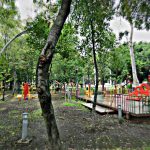
A small neighborhood park amidst the long history of Coapa . . .
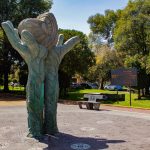
The biggest of the central gardens for which Ciudad Jardín is named . . .

A historic park and home to one of the city's most important PILARES.

A garden with a controversial and inviting interior...
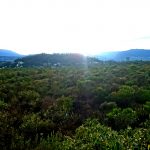
A natural heritage in charge of the National Autonomous University of Mexico, located south of the city.